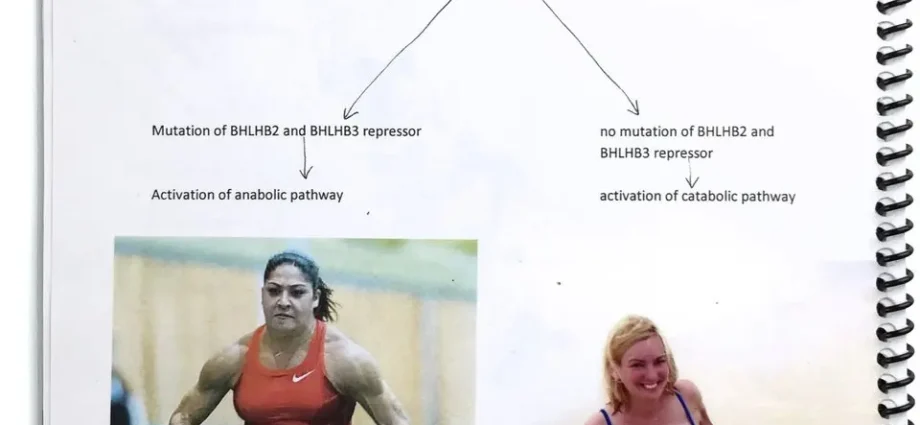The appropriate nucleic acid fragment to mask genetic mutations could help boys with Duchenne muscular dystrophy, reports New Scientist.
Duchenne muscular dystrophy (DMD) is caused by mutations in the X chromosome – so only boys suffer from it, roughly 1 in 3500. The lack of a specific protein – dystrophin – causes the muscles – especially in the legs – of affected boys to atrophy. Usually, by the age of 12, they can only use a wheelchair, and before the age of 30, they die of circulatory or respiratory failure.
The discovery in 1986 of the dystrophin gene raised great hopes for patients and their families. However, it turned out that the dystrophin gene was the largest known human gene. It consists of 2,5 million base pairs of DNA, which is almost 0,1 percent. the entire human genome. Such a huge size makes gene therapy practically impossible – delivering the correct form of a gene to cells.
Steve Wilton’s team from the University of Western Australia in Perth tried a different approach – scientists using nucleic acid fragments to block mRNA transmitting information corresponding to the mutation. This produces dystrophin, though not quite normal.
In 2003, this approach proved successful in mice. In 2009, a similar therapy was administered to seven boys with DMD by administering the drug intramuscularly. Now it has been administered intravenously – and the production of dystrophin has started throughout the body, although it is defective, similar to the one found in less severe Becker muscular dystrophy. However, one can live with Becker’s dystrophy for about 60 years, which would give patients the chance to see further advances in treatment. Previous animal studies give hope that the treatment will be effective (PAP).










